Sean Tilley
I write articles and interview people about the Fediverse and decentralized technologies. In my spare time, I play lots of video games. I also like to make pixel art, music, and games.
- 80 Posts
- 80 Comments

 2·2 months ago
2·2 months agoHonestly, it’s a tough choice. Hubzilla can theoretically do everything you want, but there’s a steep learning curve.
One thing that might help is to narrow down what kind of features you want. What I’m seeing so far from your description is:
- Blog / HTML hosting site
- space for webgames and assets
- code?
- Something like Facebook?
Friendica and Hubzilla] (and everything derived from them) are theoretically right up your alley, but each interface is kind of janky and introduces a learning curve of some kind. Misskey is extremely good, and often feels like the most polished option for long-form stuff. You’re kind of limited on clients, though, as most mobile apps use the Mastodon API. Some Misskey forks add support for it, though.
I know you said you didn’t like WordPress, and I get it. However, the actual ActivityPub integration is really really good, and continues to improve. If you self-host WordPress, there’s hypothetically enough extensibility there to build everything you want. However, WordPress as a platform can be extremely janky. We tried doing it for We Distribute, and there’s a bunch of stuff under the hood that doesn’t quite work right with Fediverse integration. Then again, we’ve been doing a lot of experimental stuff over the years, so it might be different with a fresh install.

 2·2 months ago
2·2 months agoYeah, I was a long-term Hubzilla user some years back. There’s some really cool stuff that it can do, but it seems to get slower and more bloated the longer you run it.

 3·2 months ago
3·2 months agoYeah, it’s not great. Unfortunately, there’s not a great way to describe this stuff without either leaning into abstract terms, or using oversimplifications.
The short of it is: only half of the ActivityPub protocol really got adopted by most of the Fediverse: the stuff that lets servers talk to each other. The other half would allow for a lot of cool things to be built, with not everything being its own Fediverse server.

 16·2 months ago
16·2 months agoActually, there’s a pretty decent possibility of this happening! Ben from Bandwagon is currently looking into this for the underlying Emissary platform. If it proves easy enough to integrate, there’s literally no reason not to.
Proving it in one project might see adoption across similar efforts.

 28·2 months ago
28·2 months agoSupport for other providers is coming. Bandwagon is in a similar situation. The overall goal is to support a multitude of options, so that no one payment solution has a monopoly.

 1·2 months ago
1·2 months agoProbably not, but the tradeoff is that you’re limiting audience reach. Occasionally, this can also break context in public conversations, where someone might follow someone else who responds to you, but can’t see your original post.

 2·3 months ago
2·3 months agoIf anyone is interested in seeing the recorded talks, we’re in the process of uploading them all to PeerTube! First day is uploaded, currently working through day two!

 1·3 months ago
1·3 months agoI would imagine that this is getting addressed in the update as well.

 251·3 months ago
251·3 months agoA significant portion of the code is available, I think it’s just a matter of getting the latest code pushed out to public release status. Judging by the server repo, seems like a lot of development is happening out in the open.

 0·3 months ago
0·3 months agoI mean, all of the videos are uploaded to PeerTube, and that instance (run by me) federates across a big chunk of the network. Like, yeah, the videos themselves live in an S3 bucket somewhere, but the metadata federation and P2P video capabilities (plus the ability to mirror redundant copies) somewhat mitigates that.

 1·3 months ago
1·3 months agoWanting to get paid for your work, so that you can keep making stuff, is in fact not the same thing as greed. We have this assumption that everything on the Web should be free, or at least helped along by donations, but it’s not sustainable.
Channel is basically a white label instance of PatchWork, which is a Mastodon fork with custom feeds and community curation tools.
The main intent behind the project is to help existing communities and organizations get onto the Fediverse, and have some curation capabilities. Ideally, it can be used to get a large amount of people and accounts onto the network with minimal friction.

 2·4 months ago
2·4 months agoThank you! I’ve been thinking about it a lot, and I think it could be used to solve a bunch of different problems, like importing stuff from other networks, and having everything ready to go before you join an instance.
There’s some UX questions that have to be figured out, the last thing I want is some super-cluttered design that asks for a million different options. Also, platforms would need to provide some necessary APIs (for registration and data import) to make it fully useable.

 8·4 months ago
8·4 months agoMy main critique is just that, within the Mastodon side of the Fediverse, the design is highly misleading about what the feature does. It resembles a normal DM feature, but the message addressing is purely handled by mentions in the message body.
Basically, it’s an antipattern, causing people to accidentally mention other people in what’s assumed to be a Direct Message. It’s less about privacy, more about poor telegraphing of side-effects.

 1·4 months ago
1·4 months agoI used to feel that way, but there’s so much crap on that timeline, especially when you’re on a bigger instance. I used to use it for the exact same thing, discovery. A lot of it is just noise to me now, though.

 3·4 months ago
3·4 months agoWell, no, this was just responding to a critique on UX shortcomings, and highlighting how different efforts could solve various problems.
It sounds more like you’re talking about one of my previous blog posts, where I was talking about a super-flexible frontend that’s basically a pagebuilder. Make no mistake, I would love to see custom profile music and radios! And I agree that accessibility needs to be way better!
Posting from another thread:
Her comments cover everything from “trans women are mostly autistic boys who have been gaslit” to “there are only two sexes” to “trans people are unfit to play in their gender’s sport.” However, there are far worse comments floating around out there that talk about genital mutilation and all kinds of other heinous shit.
It wasn’t just “I have a different opinion, we can agree to disagree”, it was full-fledged unhinged stuff that all followed the TERF playbook.

 1·8 months ago
1·8 months agoIt’s basically an open source, federated clone of GrooveShark, which was kind of like Plex but just for music.

 1·11 months ago
1·11 months agoLukewarm take at best. It’s cool if it’s not for you personally, but a lot of people use it, love it, and benefit from it.
I think the stuff that Loops is building out could eventually become a standard feature that a lot of Fediverse platforms optionally offer. That kind of interop for the people that want it is frankly a win.

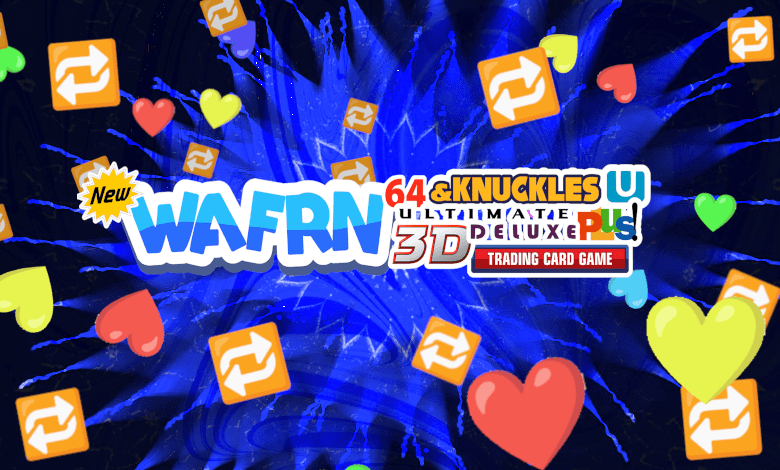
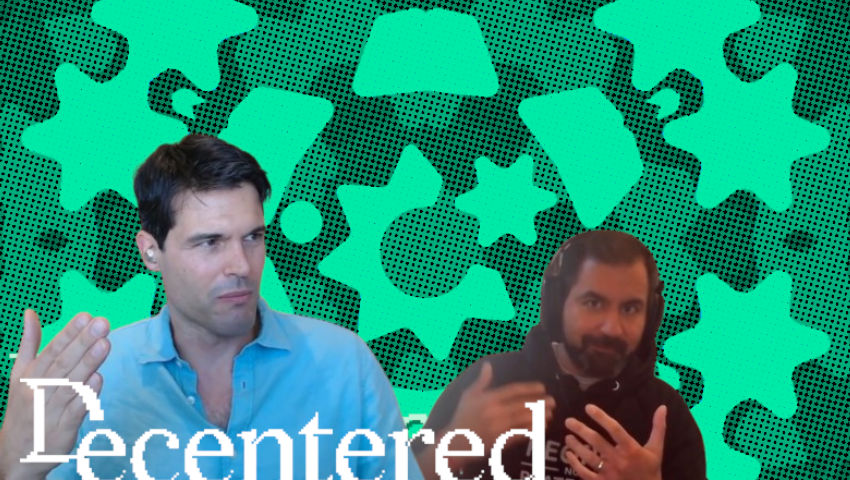










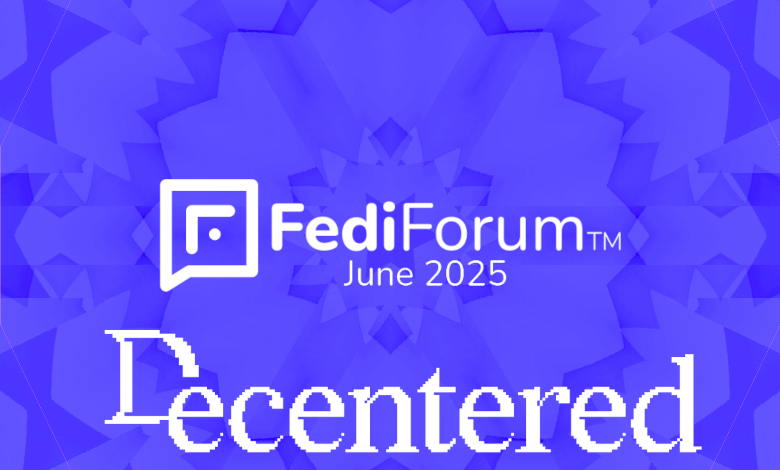
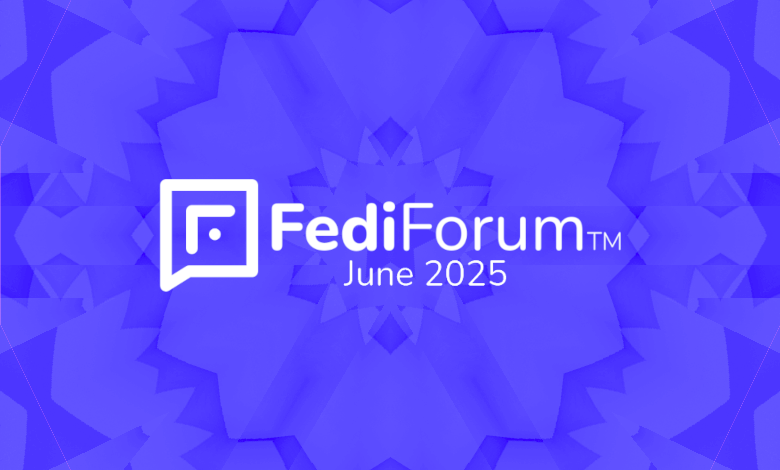

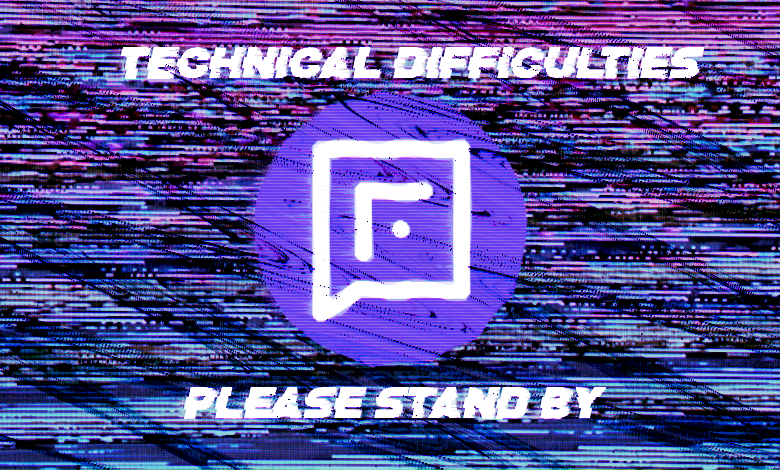



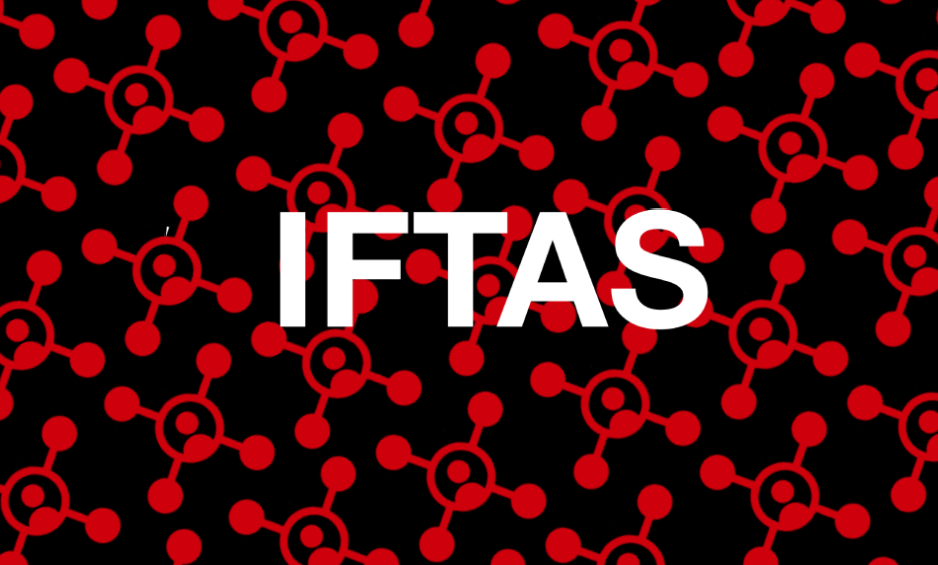
Remote profiles appear to show up, it might be possible to also remotely pull in posts. I didn’t see Subscribe functionality in Lemmy, but maybe PieFed or MBin support that.